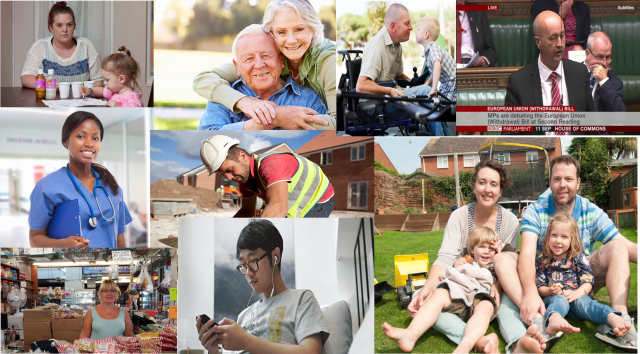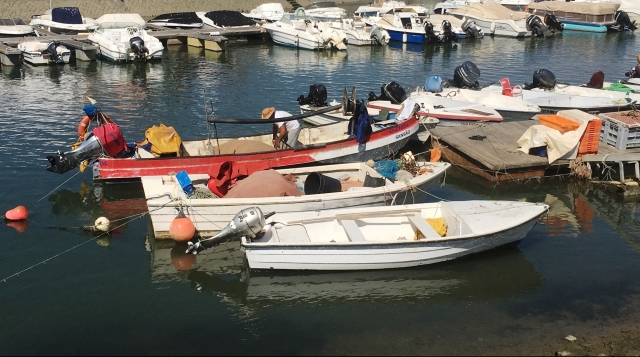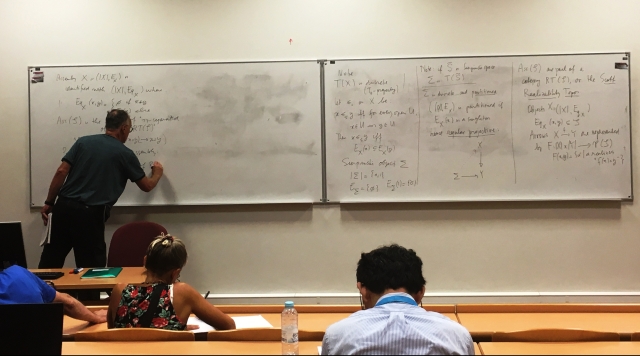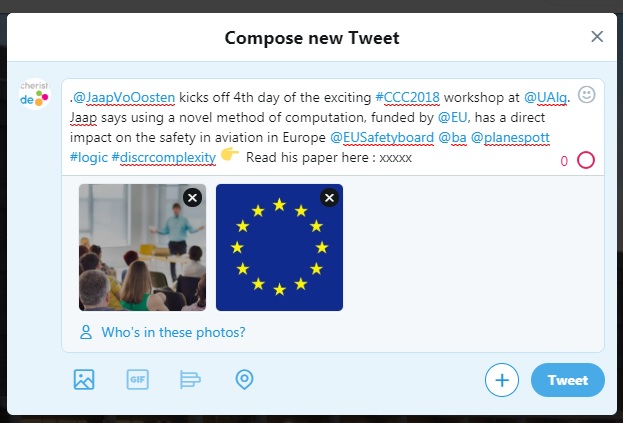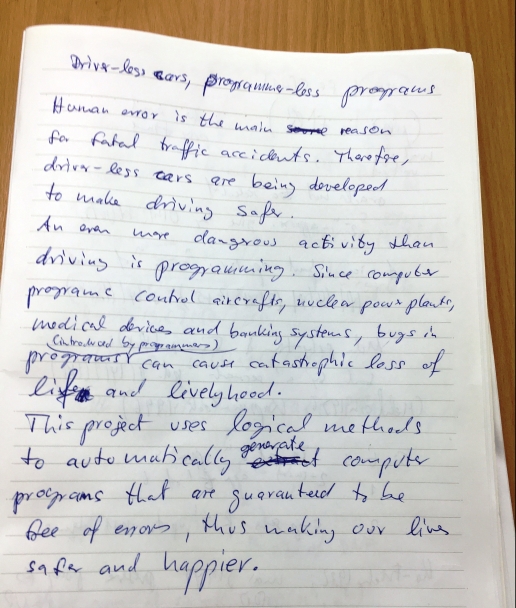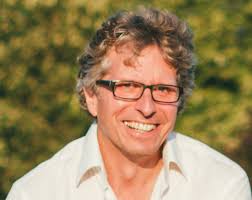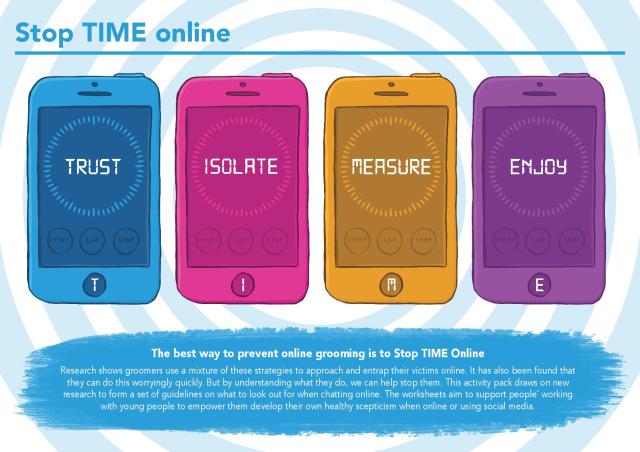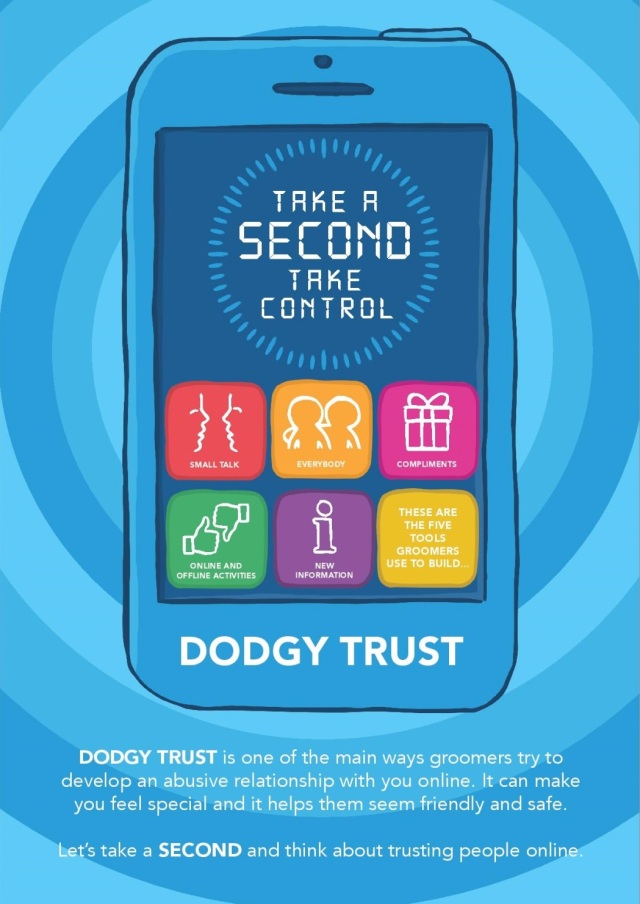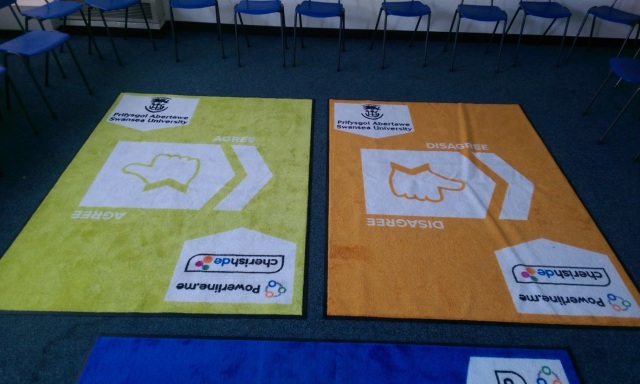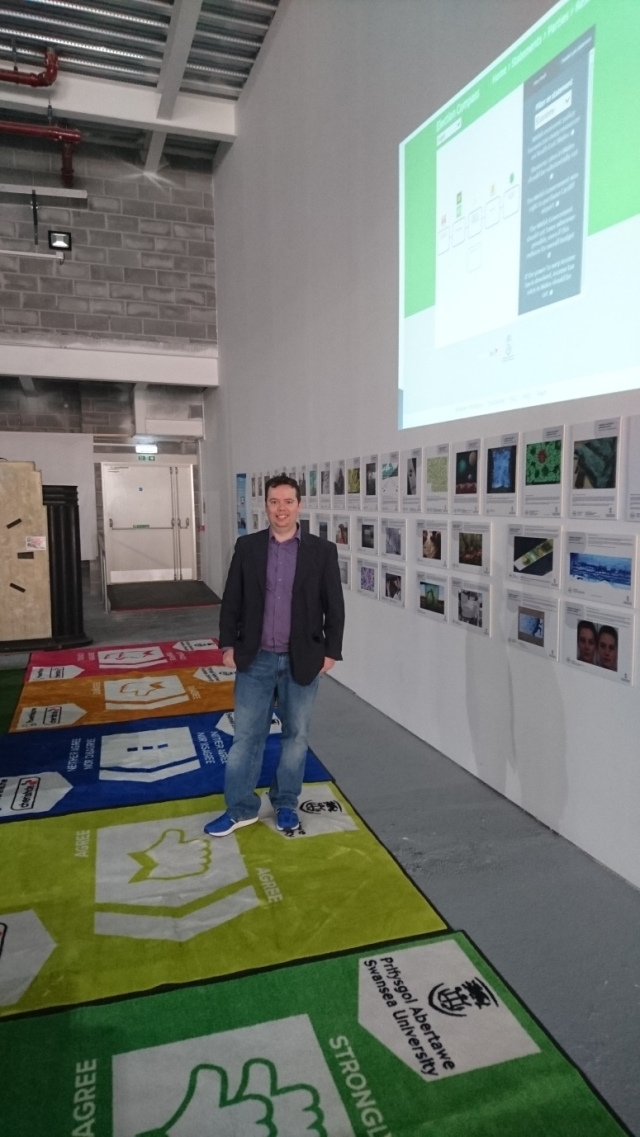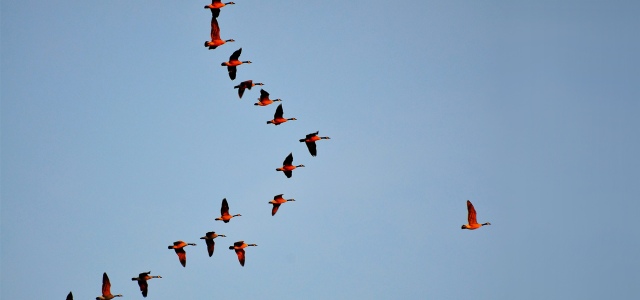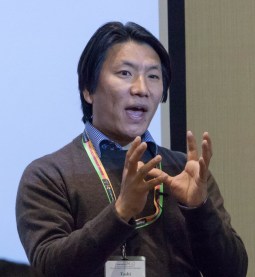By Dr Simon Fairclough, University of Manchester
UK Digital Economy Crucible 2018 Participant
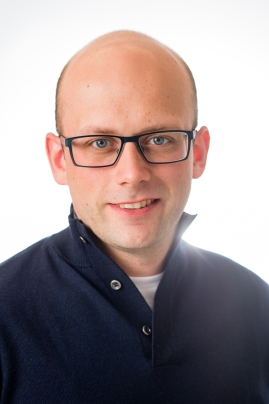
It can be a lonely world research. Exploring the frontiers of understanding every day. Most of us relish this… but, the more you strive in your goals, the more you become distracted and burdened by funding, exams or just general admin. There are seldom opportunities to reflect on tackling the world of academia and “what do I need to do improve ‘me’” in this ever competitive industry. Most of all, as an early career researcher there is this expectation that you are a full formed practitioner that can promote, communicate their own work but handle those big first research grants with no prior experience or expertise. Sound familiar…?
The Crucible addresses fundamental gaps in this standard career training and guides you to the next level often asked by funding bodies, in making what they like to call ‘the leaders of tomorrow’. It does this by taking you away from your natural environment and then teaches and strengthens most every aspect of what a researcher should be. With the added bonus of gaining a network and infrastructure that gives you support and specific insights that are far broader and influencing than a university-based scheme can give.
From the first coffee of the first day, (btw there is plenty of great coffee), the thing you will notice is that the crucible is melting pot of expertise, bringing together speakers and cohort alike from a host of backgrounds. Whilst the underlying theme is digital economy, it encompasses technologists and users of technology, to people you are interested in the social and political application and implications of technology. The first people I met where a social scientist, an architect, marine biologist, political theorist, educationists and health care professionals amongst the expected computer scientist and technologist. The fact that you spend 3 workshops together you come to realise that technology and more urgently digital economy needs to embrace the social, ethical and political implications of technologies that you may have to collaborate far broader to tackle the problems of tomorrow … indeed I am now collaborating with people who when I started, I didn’t think I had things in common… but I digress.
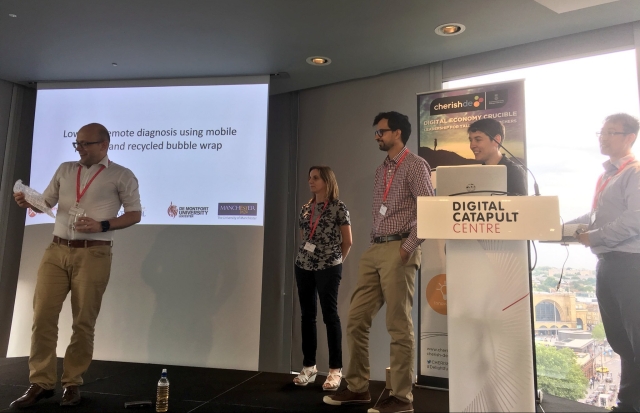
But back to the nitty gritty of the crucible. The workshops are a tour de force of expertise, you are greeted by facilitators (comperes) who are enthusiastic, passionate about you, and bring out insights from experts that perhaps you would have never known about. How often do hear that TV presenters before giving a speech, breath out deeply before they start, not only does it naturally drop your shoulders and voice, but makes you look more relaxed and confident, especially if internally you are nervous.
You are then introduced to the speakers who are broadly broken up into themes of personal development, media & public speaking, demystifying research councils/grants/grant writing, getting in to policy making, ethics and entrepreneurship. Here the Crucible will bring in experts such as the BBC, Channel 4, Parliamentary Office of Science &Technology, Facebook, IBM, Microsoft and Amazon. Amongst these there will grant writing consultants, alumni and academics who have become entrepreneurs. The expertise is certainly eye opening and the advice even more so. For me, this came in the form of the research councils, hearing the common mistakes and their pet hates, indeed just listening and interacting with the council members both in session and at the dinners has humanised the whole grant proposals. The insights of industry specifically the likes of Microsoft, Amazon and Facebook discussing technology and digital economy and the social and cooperate responsibility which they want/are being forced to embrace, perhaps gives a new perspective of the future.
As well as learning off them, throughout these speeches it is amazing to think that industry, media and policy makers want to engage and learn about you too. Indeed the networking is real and it was amazing for me as two weeks days after our media workshop I was asked to give comment for an article for the BBC, about a month after the policy workshop I been asked to comment on briefs for MPs, which I definitely would not have been done otherwise. NB This isn’t a requirement of the course but highlights it definitely opens doors.

For all the great speeches and training on grant writing, the training culminates in a Dragons den for real seed corn funding, against some formidable dragons. As cohort groups, with almost carte blanche … the melting pot of experts, ideas and having known each for several months at this point proposals coming out are really out of the top draw. The telling point within the groups was when people start saying “whatever the outcome of the Dragons den pitch let’s do it anyway…” have I mentioned how great the melting pot of people is??!!!
Whilst I have talked mainly on things that you might expect from any course like this. One of the things that some courses sweep under the carpet, but this Crucible tackles full on is… ‘how important it is to celebrate failures’, ‘how to build confidence’ and ‘how to build peer network within academia, government and industry’ both for collaboration and support. You know this is valued when you see alumni of the course queuing to come back to help and talk on this….
The beauty of research is that you never know what tomorrow brings… but having been part of the Crucible, having demystified and humanised this game that is academia, having cherished the melting pot of people and ideas from both the speakers and cohort combined… you can definitely say you get a broader skill set and support network that you may not have before. But ultimately it gives you the knowledge, guidance and confidence to go on to what comes next… for you to go out into the world and progress to the next step and say ‘“follow me”, together we can make a difference’





